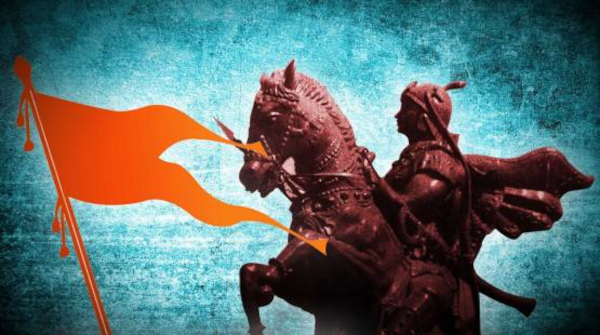During his speech at the Ram Mandir Bhoomi Pujan ceremony, Prime Minister Narendra Modi made a reference to Raja Suhaldev. Following the completion of the Bhoomi Pujan ceremony, Chief Minister Yogi Adityanath, RSS Chief Mohan Bhagwat and Prime Minister Modi delivered speeches on the occasion.
Narendra Modi said that the manner in which the poor and people from backward classes came to Raja Suhaldev’s support in repelling foreign invaders, in a similar manner the Bhavya Ram Mandir will be constructed at Ayodhya with support from people of the entire country.
जिस तरह दलितों-पिछ़ड़ों-आदिवासियों, समाज के हर वर्ग ने आजादी की लड़ाई में गांधी जी को सहयोग दिया, उसी तरह आज देशभर के लोगों के सहयोग से राम मंदिर निर्माण का ये पुण्य-कार्य प्रारंभ हुआ है.. : PM — PMO India (@PMOIndia) August 5, 2020
Very little is known about Raja Suhaldev today. He was an 11th Century ruler from Pasi community of Shrasvati, a kingdom which was located in present-day Bahraich district of Uttar Pradesh. He is said to have ruled the state from 1027 to 1077.
It is generally agreed that Raja Suhaldev had defeated Ghazi Salar Masud in the Battle of Bahraich in 1034 and killed the invader. Earlier, the local Raja of Bahraich had formed a confederation of Hindus to combat Salar Masud, however, the Islamic invader managed to defeat them. Ghazi Salar Masud was the nephew of barbaric invader Mahmud of Ghazni.
Masud had managed to conquer Multan, Delhi, Meerut and marched forward. Along the way, the Islamic invader displayed his fanaticism and is said to have destroyed numerous Hindu Temples and Muths. His advent was halted by Raja Suhaldev.
After several kings were defeated by him, some other kings from Meerut, Badayun, Kannauj etc decided to ally with instead of fighting against his mighty army. After conquering these places, Masud had planned to invade Ayodhya, a sacred city for Hindus. But to reach Ayodhya, his army had to cross Bahraich first, place under Shrasvati. But Raja Suhaldev became aware of Masud’s plans, and he prepared a counter-attack. He talked to kings of the neighbouring states, and they together formed a large defence force against the invader.
Although the Suhaldev’s army had to face defeat initially, the king motivated the soldiers to fight back with full force, saying that not a single foe should not return alive. After days of intense battle in 1034, Raja Suhaldev was able to trap Salar Masud, and the Muslim invader was killed in the battle. According to legends, none of the 1.5 lakh soldiers in Masud’s army survived the battle.
Raja Suhaldev is regarded as a Gaurakshak, patron of Saints and patron of Hindus. Amish Tripathi’s book on the legendary king calls him a “charismatic leader”, a “fierce rebel” and an “inclusive patriot”. While there are numerous Hindus communities that lay a claim to him, he is believed to be from the Pasi community, which belongs to the Scheduled Castes.
Prime Minister Modi and other leaders of the Bharatiya Janata Party have paid homage to the legendary King in the past as well. In 2016, then BJP President Amit Shah inaugurated a statue to the iconic King and launched a book on him. Shah described him as a “Rashtriya Nayak” whose accomplishment ought to serve as an inspiration to the youth of today.
Shah had said, “Brave King Suheldev is not forgotten by the people of this country even after 1,000 years. People who don’t remember their brave ancestors cannot make history. Only those who carry on with their fight can make history.” Prime Minister Modi released a commemorative postage stamp on Raja Suhaldev two years later.
The Hindu King was also mentioned by Prime Minister Modi in an Independence Day Speech and again, today, he made a reference to the Monarch during his speech at the Ram Mandir Janmabhoomi ceremony. The King who belonged to the Dalit community defeated the Islamic invader and helped protect the Hindu Civilization from further plunder.
Source: OPIndia
You may also like
-
India Can’t Afford to Remain Stagnant at this Juncture, Says PM Modi; Asks People to Buy Locally-Made Goods
-
Stolen Artefacts to be Returned to India from Scotland Museums
-
Legendary Singer Lata Mangeshkar Passes Away At the Age of 92
-
Netaji’s Hologram Statue at India Gate
-
10th Century Stone Idol of Goat Head Yogini IllegallyRemoved from A Temple in Lokhari, Banda, UP Being Returned to India
